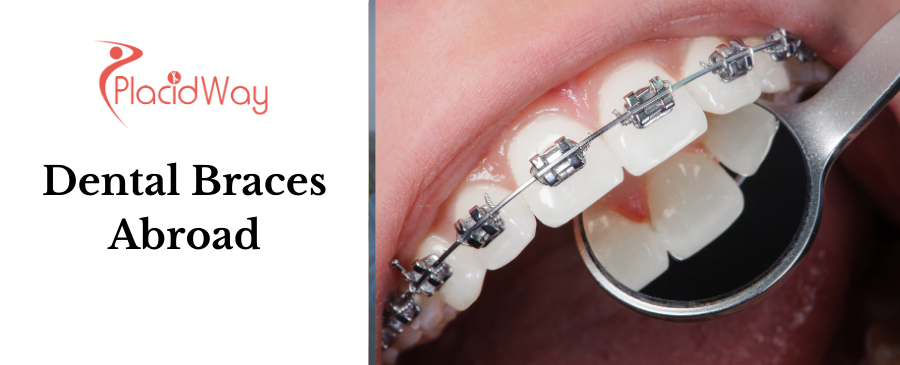
Table of Content
Dental braces are orthodontic devices used to correct misaligned teeth, improve bite issues, and enhance overall oral health. Braces apply continuous pressure to teeth over a period of time, gradually moving them into the desired position. Braces can be made of metal, ceramic, or plastic, and there are also clear aligner options for those who prefer a more discreet treatment. Dental braces are commonly used to treat overcrowded or crooked teeth, gaps between teeth, and jaw misalignment. Treatment duration varies depending on the severity of the condition, but most patients wear braces for 1 to 3 years.
| Type | Description |
|---|---|
| Metal Braces | The most common type of braces, made of high-quality stainless steel, which are effective for correcting various orthodontic issues. |
| Ceramic Braces | Braces made of tooth-colored ceramic material, making them less noticeable than metal braces. |
| Lingual Braces | Placed on the inside (back) of the teeth, making them virtually invisible from the outside. |
| Clear Aligners | Removable, clear plastic trays that gradually move teeth into position without the use of brackets or wires. |
For different packages for Dental Braces, Click here.
| Step | Description |
|---|---|
| Initial Consultation | Consultation with an orthodontist to assess the patient's dental condition and develop a treatment plan. |
| Impressions and X-Rays | Dental impressions and X-rays are taken to help the orthodontist plan the placement of braces. |
| Placement of Braces | The brackets are bonded to the teeth, and wires are attached to the brackets to begin the process of moving the teeth. |
| Adjustments | Regular follow-up visits are scheduled to adjust the braces and monitor the progress of the treatment. |
| Removal and Retention | Once the teeth are properly aligned, the braces are removed, and retainers are provided to maintain the new position of the teeth. |
| Country | Average Cost (USD) |
|---|---|
| Mexico | $1,500 - $3,000 |
| Turkey | $1,200 - $2,800 |
| Thailand | $1,800 - $3,500 |
| Colombia | $1,400 - $3,000 |
| India | $1,000 - $2,500 |
| Austria | $3,500 - $6,000 |
| USA | $4,000 - $7,000 |
| UK | $3,500 - $6,500 |
Find Prices for Dental Braces Near You here.
The cost of dental braces without insurance varies by country, with prices ranging from $1,000 in India to $7,000 in the USA. The total cost depends on factors such as the type of braces, the clinic's location, and the length of treatment.
The duration of treatment depends on the severity of the misalignment, but most patients wear braces for 1 to 3 years. Regular follow-up visits are necessary to adjust the braces and monitor progress.
Braces can cause discomfort or soreness, especially after adjustments. However, this discomfort is usually temporary and can be managed with over-the-counter pain relievers.
Yes, adults can get braces. Orthodontic treatment is not limited to children or teenagers, and many adults choose braces to improve their smile and dental health.
Alternatives to traditional braces include clear aligners (e.g., Invisalign), ceramic braces, and lingual braces. These options provide more discreet treatment compared to metal braces.
Looking to straighten your teeth with affordable dental braces? PlacidWay can help you find the best orthodontic clinics worldwide, offering personalized treatments tailored to your needs. Our team will assist you in choosing the right clinic and coordinating your care. Contact us today to start your journey to a healthier, more confident smile!
Dental Tourism | Cosmetic Dentistry | Implants | Root Canals | Dentures | Bridges | Orthodontics | Dental Holidays Abroad